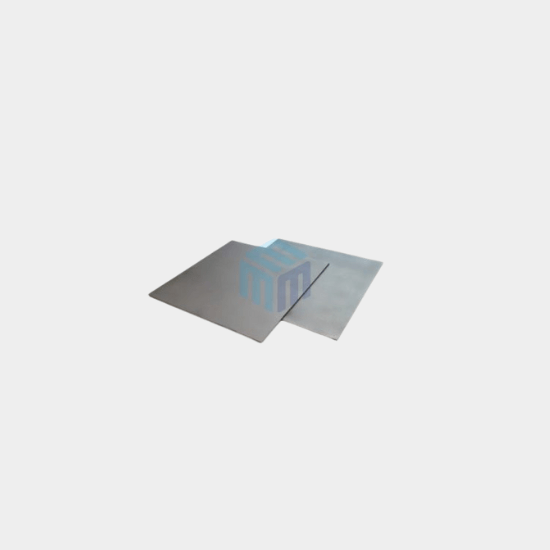Tungsten Sheet & Plate
Inquiry NowProduct Description
General information
Tungsten sheets and plates are made of tungsten that is turned into powder. Then it goes into ingots through the process of pressing, sintering and rolling. Tungsten sheets and plates range from 0.06 inch to 1.00 inch of thickness. Tungsten flats’ thickness of 0.09 inches or below are generally categorised under tungsten sheets and above 0.09 inches are categorised under tungsten plates. These plates and sheets are used for many purposes which includes the process of manufacturing tungsten boats.
Tungsten plates and sheets are available as hot rolled tungsten plate and sheet, cold rolled tungsten plate and sheet and in a variety of widths, lengths and thicknesses. Tungsten also comes with different types of surface condition such as matte, shiny, satin or as-rolled. Tungsten plates and sheets are annealed as well, to retain their durability.
M-Kube Enterprise is an Australian company catering customized laboratory products, laboratory consumables, and laboratory solutions in Australia, Dubai, India, Indonesia, Malaysia, New Zealand, the Philippines, Singapore, South Korea, the USA, and Vietnam. Our team of experts across different platforms can discuss and customize your requirements as per your needs.
Please reach out to us on [email protected] or call us on +61 478901616 to discuss your projects.
We also provide Tungsten Crucibles, Tungsten Boats, Tungsten Electrodes, Tungsten Mandrels, Tungsten Foils, Tungsten Wires, Tungsten Tubes, Tungsten Rods and Bars, and Tungsten substrates.
Key properties
- High melting point (3410 °C)
- Low thermal expansion
- High electrical resistance
- Low vapour pressure
- High density
- Resistance to oxidation and creep
- Extreme hardness
- High tensile strength
Application
Tungsten, which has the highest melting point among metals, along with its other unique properties is used in a wide range of applications. They are used: –
- For parts of high-temperature furnaces
- To make electrodes
- To make evaporation boats
- To make shields that block radiation and interference
- To make heaters
- As base plates for sintering
- As moulds for hot pressing



